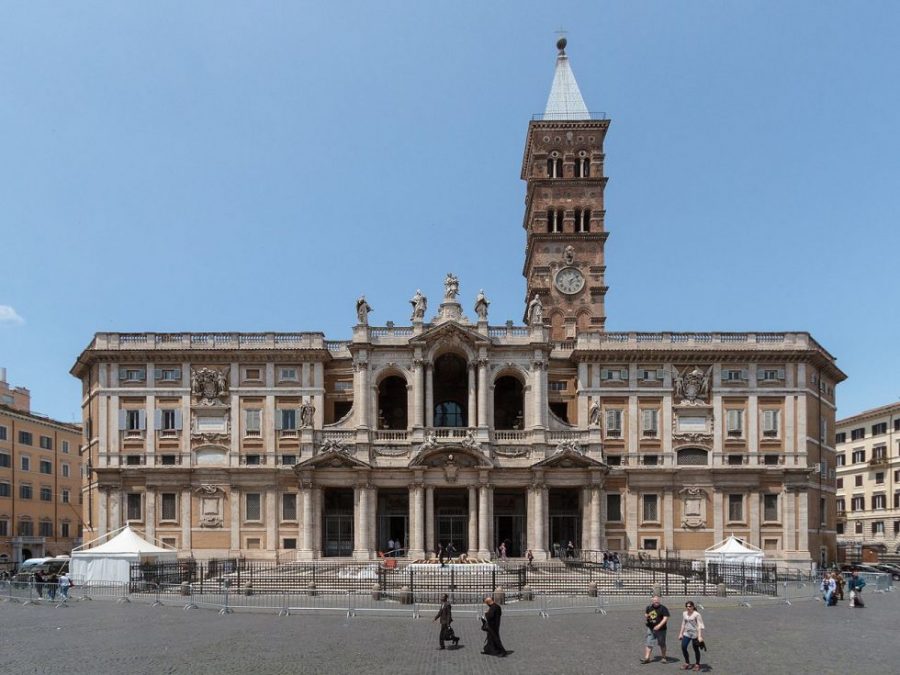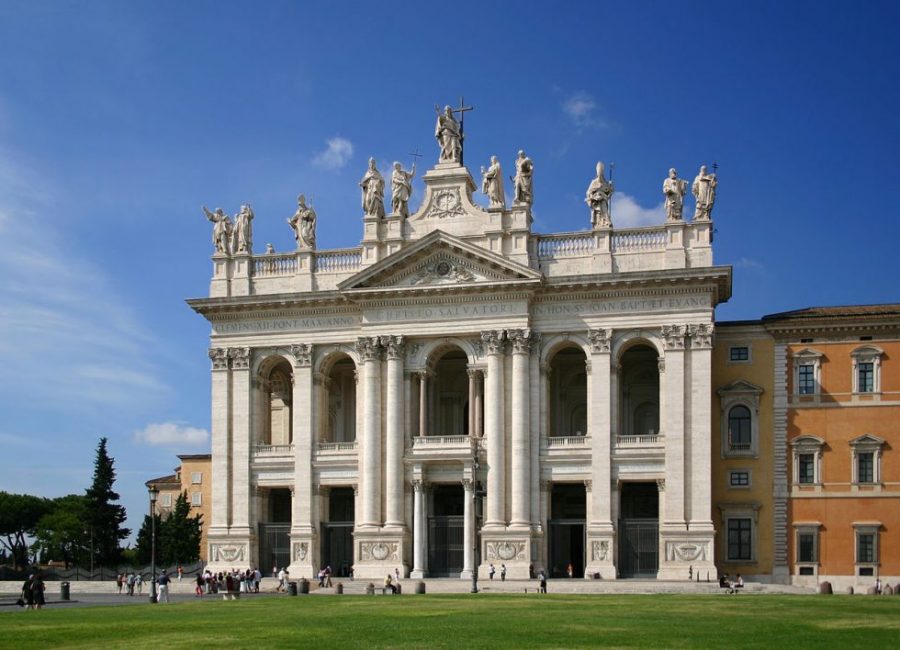In Rome there are more than 900 churches. Since Emperor Theodosius I recognized Christianity as the official religion through the Edict of Thessaloniki, in the year 380, the number of churches in Rome began to grow, making this city the world center of Christianity as it is the residence of the Pope.
During the Middle Ages, many buildings of the Empire were destroyed to build new churches, as in the case of the Colosseum. Many parts of the buildings from this period, and for centuries a symbol of Roman culture, were demolished or reused to make way for new buildings, such as cathedrals and churches.
Once the Renaissance had entered, old religious buildings entered into decline and were demolished, but in their place new examples of religious art were built, whose maximum expression was reached at the beginning of the 17th century, with the consecration of the Basilica of Saint Peter, a work of Bramante and Michelangelo.
The Four Major Basilicas of Rome
In the world there are four major basilicas, the four highest-ranking Catholic temples: San Pedro, San Juan de Letrán, San Pablo Extramuros and Santa María la Mayor. These four basilicas are also distinguished by having a holy door and a visit to it is always mandatory to win the Roman jubilee.
In addition, they have a main altar for the exclusive use of the Pope. Peter’s Basilica is located in Vatican City and the others are in Rome, although they formally belong to the Holy See. Saint John Lateran, seat of the Bishop of Rome (the Pope), is the oldest and first in the established order of papal basilicas. The rest of the churches that have the title of basilica are minor basilicas.
Located in Piazza del Popolo and next to the north gate of the city, the temple stands out for its great Renaissance artistic wealth, with works of art by Caravaggio, Raphael, Bramante or Bernini, among others. The first building was a chapel over the tomb of Nero.
what to see in rome, rome, rome guide, rome tourism, rome tourist guide, rome tourist guide to know rome, go to rome, travel to rome, travel to rome, tourism in rome, travel rome, piazza del popolo, squares of rome, piazza del popolo, twin churches, santa Maria del Popolo.
For this reason, the Romans thought that a haunted walnut tree grew in the place where he had been buried and in which the crows always rested. To put an end to this legend, Pope Pascual II, in the year 1099, had the tree cut down and a Romanesque chapel built on the same spot.
Until the fifteenth century, the chapel underwent various modifications. Starting in the 16th century, the walls of Santa Maria del Popolo were filled with paintings by the most renowned Renaissance artists.





